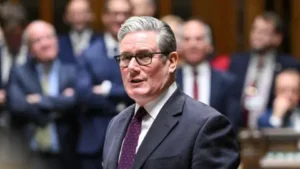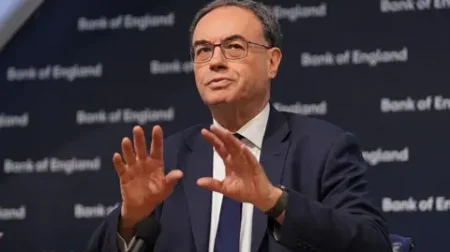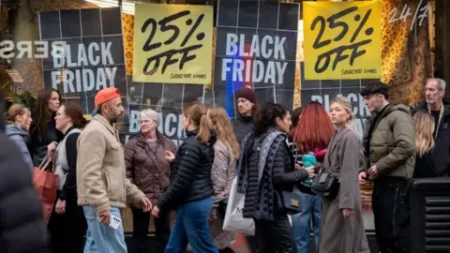The UK is currently experiencing a significant inflation surge, as evidenced by the recent report from the Office for National Statistics (ONS). Prices have risen by 3.6% in the year leading up to June 2025, marking the highest inflation rate the country has seen in almost a year and a half. This increase represents a noticeable uptick from the 3.4% inflation rate recorded in May 2025. Such inflation dynamics are critical to everyday shoppers, as they influence how far individuals’ money can stretch when purchasing goods and services that have become increasingly more expensive.
The ramifications of this inflation surge extend to monetary policy decisions, particularly at the Bank of England. The central bank closely monitors inflation rates as they determine whether to adjust interest rates. Higher interest rates can serve to mitigate inflation by curbing economic growth, which in turn can stabilize prices. The recent rise in inflation raises questions about future adjustments, especially as the Bank aims to maintain a target inflation rate of 2%.
Richard Heys, the acting chief economist at ONS, provided insights into the driving factors behind this inflation spike. He noted that the increase was primarily driven by motor fuel prices, which saw only a modest decrease compared to the more significant drop experienced during the same period last year. Additionally, food inflation rose for the third consecutive month, reaching its highest annual rate since February of the previous year. Despite this, food price inflation still remains significantly lower than the peaks witnessed two years ago.
While inflation currently exceeds the Bank of England’s target, a rate cut is expected during the next monetary policy meeting. It’s also worth noting that average wages in the UK have increased by 5.2% over the past year. This suggests that in many cases, people may not be feeling worse off despite the rising costs. However, the impact of inflation on daily expenses remains a pressing concern, particularly regarding essentials like food and petrol.
Food prices alone have surged at a rate of 4.5%, the steepest increase recorded since February 2024. In light of these developments, Chancellor Rachel Reeves acknowledged that many citizens are grappling with the escalating cost of living. The government’s response intends to alleviate some of these pressures by implementing measures aimed at putting “more money into people’s pockets.”
Reacting to these economic pressures, various stakeholders are keeping a close eye on inflation trends. The financial landscape remains delicate, as rising prices can diminish consumer confidence and spending power. Policymakers, economists, and the general public are all affected by changes in inflation and interest rates, making it imperative to follow these economic indicators closely.
For consumers and analysts alike, the current rise in inflation is an important topic of discussion. As public discourse evolves, discussions surrounding economic policy, cost of living challenges, and wage stagnation or growth will undoubtedly remain at the forefront. The interplay between inflation, interest rates, and purchasing power underscores a complex economic environment that requires careful management and consideration.
In summary, the current inflation scenario in the UK poses challenges for the populace while simultaneously prompting policymakers to consider their strategy to address these economic changes. The need to balance consumer needs with economic stability is evident, as figures like Richard Heys and Chancellor Reeves highlight the dual pressures of rising prices on daily essentials and the overall cost of living. Economic actors must navigate this landscape to ensure that the populace does not face undue hardship while striving for a balanced economic recovery.











